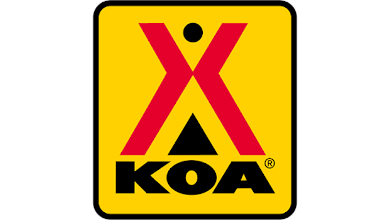Trends: Economists Look to RVs During Election Year
The six or seven vehicles that come off the assembly line each day at Riverside plant in Indiana’s Amish country look more like houses than cars, with workers installing wooden roofs and fiberglass insulation before applying coats of gleaming white paint.
This story by Shaun Tandon originally appeared in International Business Times.
For decades, RVs have been icons of the American road: homes-on-the-go furnished with beds, showers, kitchens and even television dens that offer families the freedom to roam and see the vast country.
In an election year, RVs tell an additional story. Experts consider them bellwethers of the economy, dream-buys for Americans who only shell out the tens of thousands of dollars when they feel comfortable.
As the election season opens, a team from AFP traveled (albeit not by RV) from Washington to Iowa, which holds the first presidential nomination contest on Feb. 3, in hopes of feeling the economic and political pulse of the country.
In the northeastern patch of Indiana centered around Elkhart, the verdict from the RV industry appeared to be that the economy – a key factor in whether President Donald Trump is re-elected – seems strong, although a notch less than recently.
“A lot of people think that RVs are an economic indicator and in many ways it is, because an RV is not a have-to-have, it’s a want-to-have,” said Don Clark, CEO of Grand Design.
Clark said that tariffs, imposed by Trump on steel, aluminum and other materials crucial for manufacturing, have “had an impact” and been an “inconvenience,” but the industry nonetheless was braced for its fourth biggest year on record.


